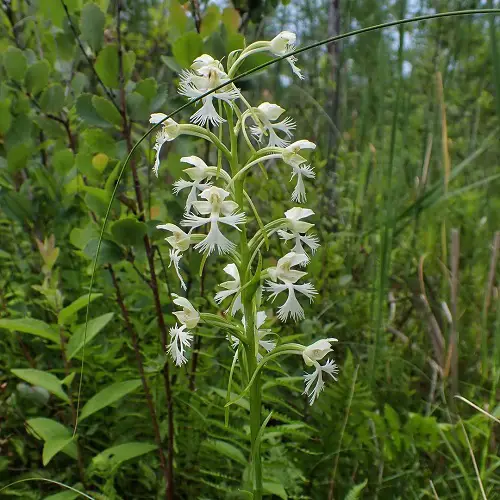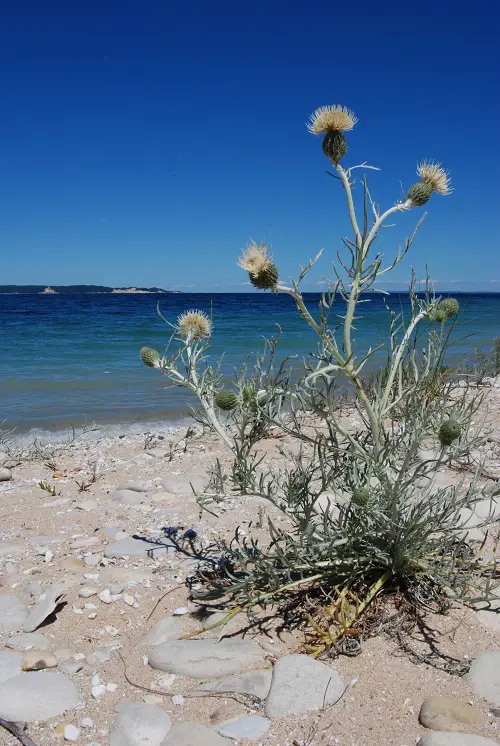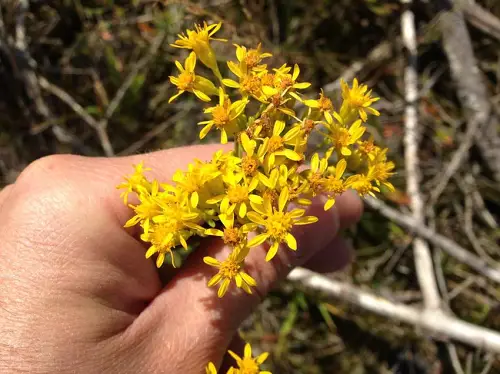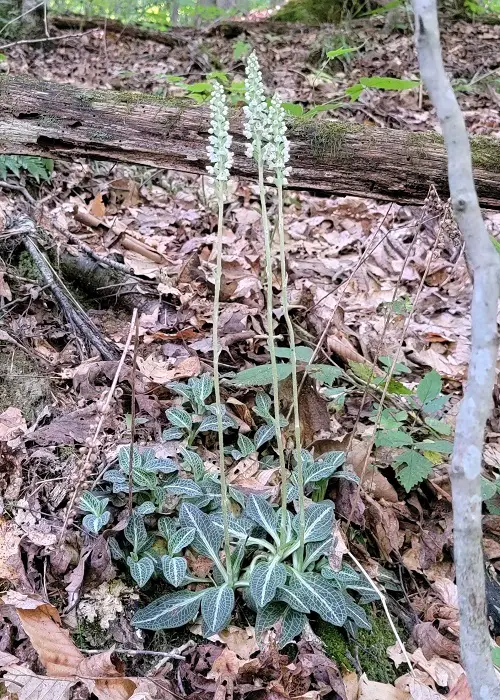Make sure that you keep these Endangered Flowers in Michigan safe so they don’t get extinct. Plant them today!
There are a few endangered flowers in Michigan that are on the verge of getting eradicated completely. If you don’t want that to happen, it is essential that you take measures to plant them in numbers.
Endangered Flowers in Michigan
1. Eastern Prairie Fringed Orchid

Botanical Name: Platanthera leucophaea
This orchid faces extinction because most of its natural grassland and wetland habitats have been destroyed. You can join the efforts of conservationists who are working to restore the ecosystems where they thrive.
2. Pitcher’s Thistle
Botanical Name: Cirsium pitcheri
This one is native to the region of the Great Lakes and is known for its pink-purple flowers and spiky foliage. But erosion and human activity are taking their toll on their survival.
3. Houghton’s Goldenrod
Botanical Name: Solidago houghtonii
Dunes and coastal settings are ideal for Houghton’s Goldenrod, distinguished by its vivid yellow blooms and short leaves. These ecosystems are subject to misuse and decline.
4. Eastern Massasauga Rattlesnake Orchid
Botanical Name: Goodyera oblongifolia
The Eastern Massasauga Rattlesnake Orchid gets its name from its affiliation with the Eastern Massasauga rattlesnake. It thrives in rich and humid forests but is endangered by logging and land development.
5. Eastern Prairie White Fringed Orchid

Botanical Name: Platanthera leucophaea var. leucophaea
Like its twin, the Eastern Prairie White Fringed Orchid has white petals with fringes. Nonetheless, agriculture has drained these habitats, such as wet prairies and fens, which it favors.
Endangered Flowers in Michigan: Conservation Efforts by Authorities
A federal law provides a framework for the conservation of these species. Authorities conduct regular field surveys to assess the status of these flowers, where important information on their habitat conditions and threats is gathered and analyzed.
Special zones are also designated to protect the habitats of these endangered flowers. Agencies run public awareness programs to educate citizens about the importance of protecting these species from time to time.





